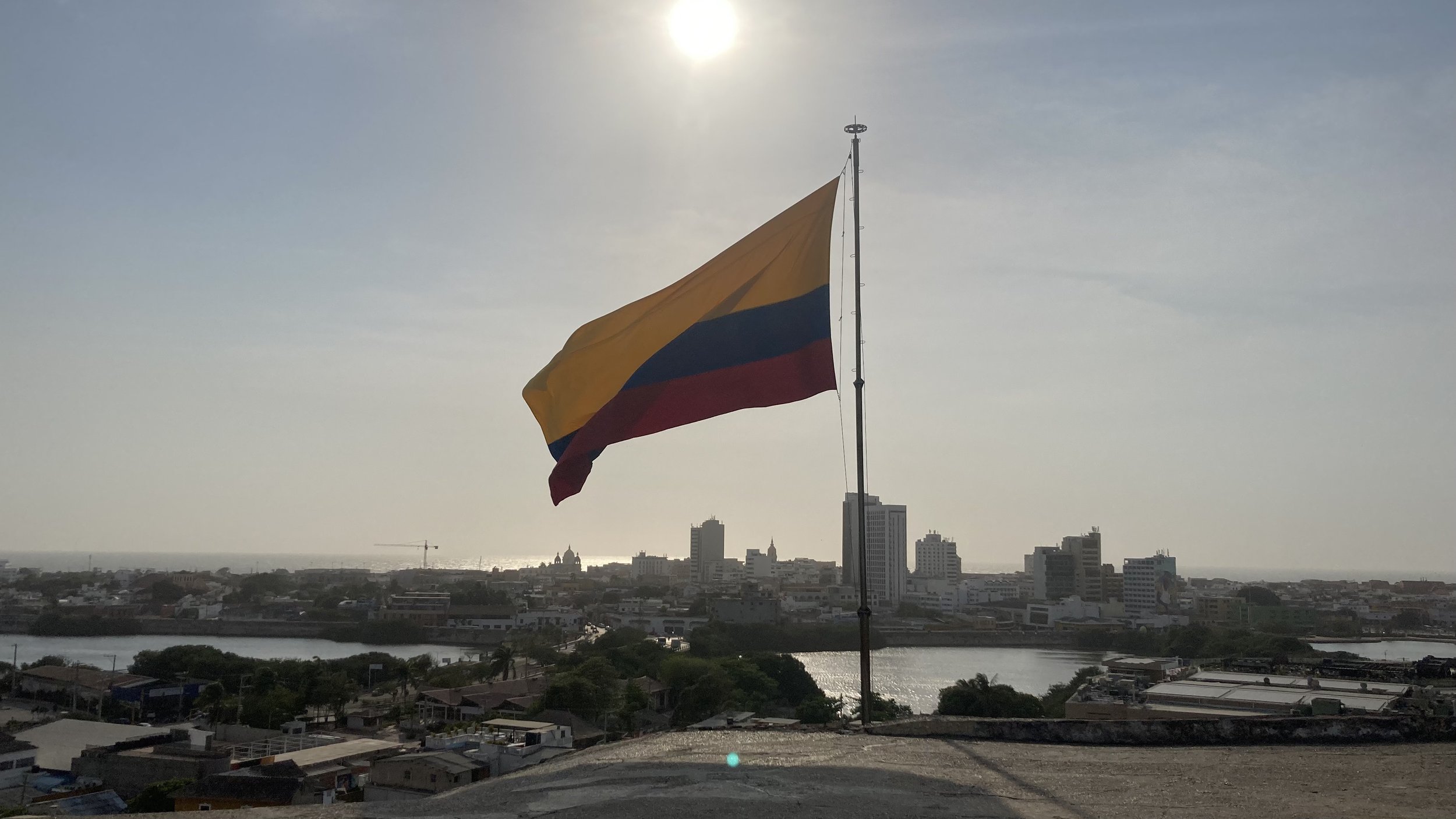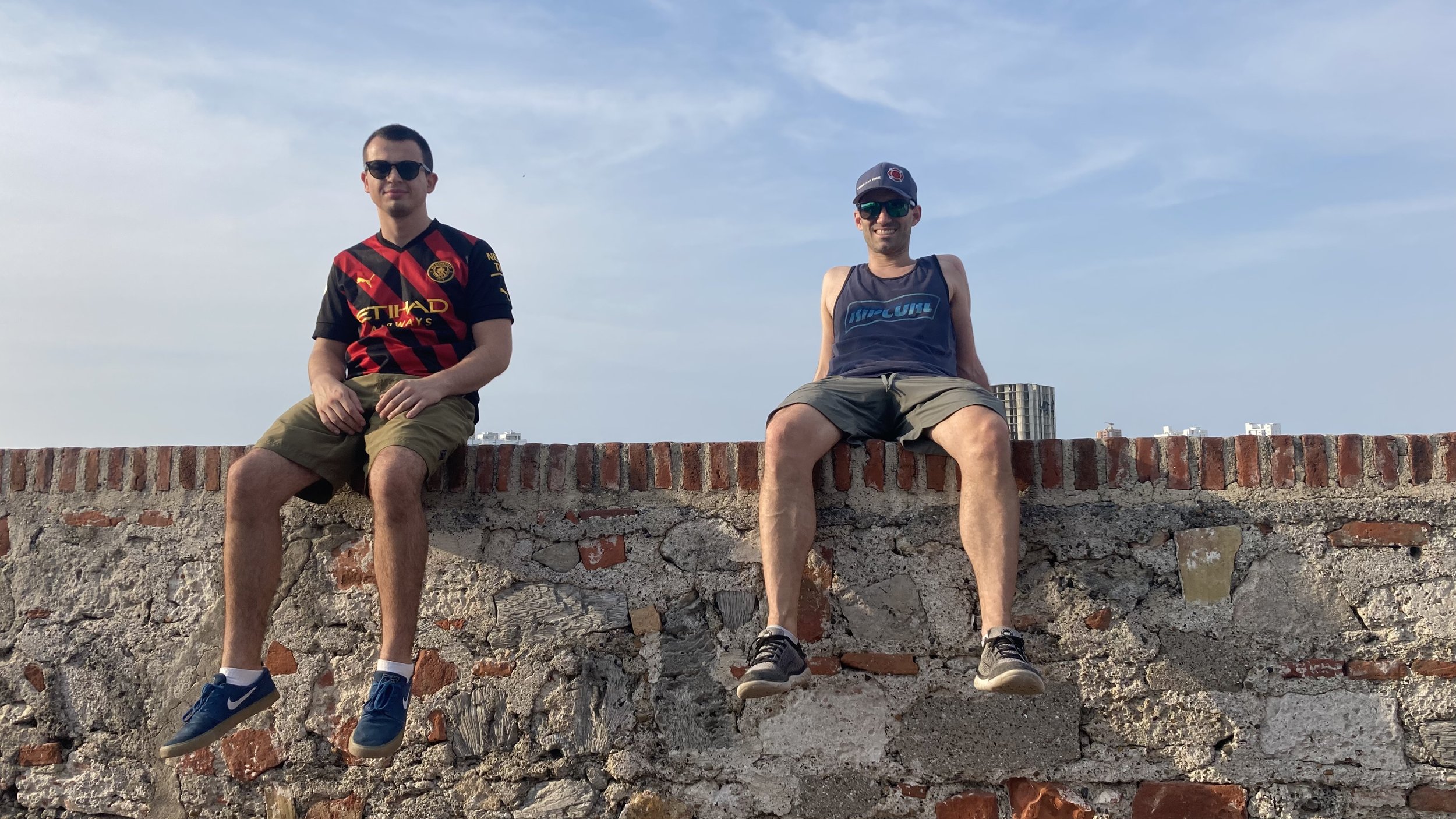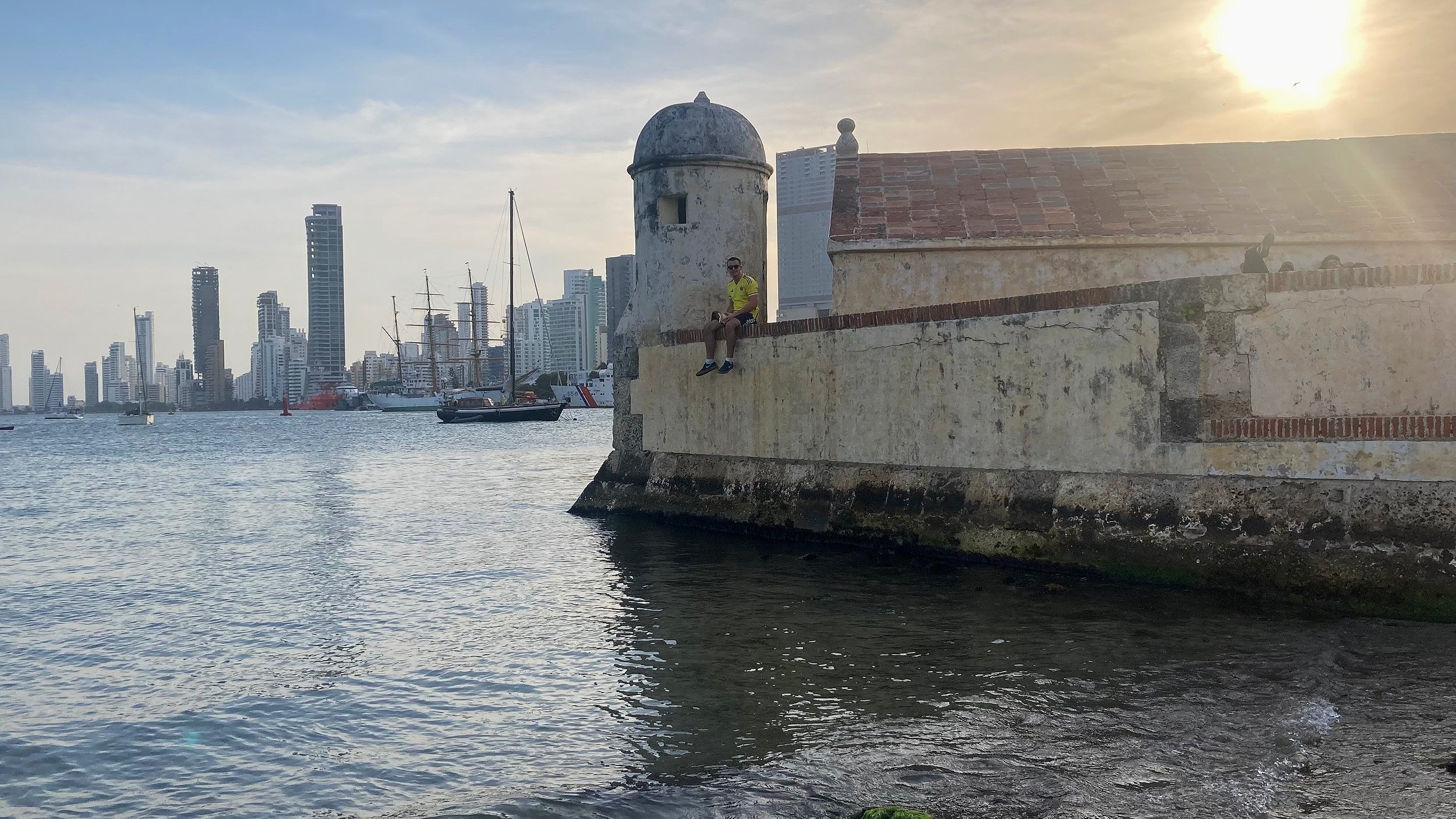
Living in Colombia: Cartagena
I’ve spent 2 months living in Cartagena. It’s a small city on Colombia’s Caribbean coast and founded in 1533. There’s plenty of colonial architecture in the old city and with a climate of around 31 °C year round it can be laid back- if you know your way around.
Safety
The first thing to talk about when coming to Colombia, is safety. Colombia has a reputation and there’s a reason for that.
So I’ll just address the main question that you probably want to know:
Is there cocaine? Yes, and a lot.
However, from my experience Cartagena can be considered a safe place, it just depends on how you behave and how you act.
I travelled to out to Colombia with 3 friends and two were robbed during their stay. I wouldn’t recommend wearing jewellery, one of my friends got his gold chain robbed and I’ve heard stories of bits of jewellery getting stolen. My other friend was also scopolamine’d in Medellín.
What’s scopolamine’d? It’s a drug that can be slipped in your drink and causes you to become suggestible and forgetful. Basically, if someone is interested in you and they’re encouraging to finish your drink, think twice about it. If you’re in a bar and things seem too good to be true, they probably are. Keep an eye on your drink and you should be ok.
Another thing to consider is that the levels of English aren’t high. I’d consider it necessary to have a basic layer of Spanish here and get a Colombian sim ASAP so you can google translate. That being said, you don’t really want to be getting your phone out every time you want to communicate.
With that in mind, Colombia can be a safe place. Just make sure you know where you’re going and speak to the locals about what your plans are. Even then, some taxi drivers will tell you places are dangerous when they aren’t, they’re just angling for a bigger fare. Just watch out for scams too, there’s a fair bit going on. It is what it is, do your research and make sure to keep your wits about you.
It’s cool. Just make sure you’re going to the right places. Here’s my outline on where’s good and where’s not.
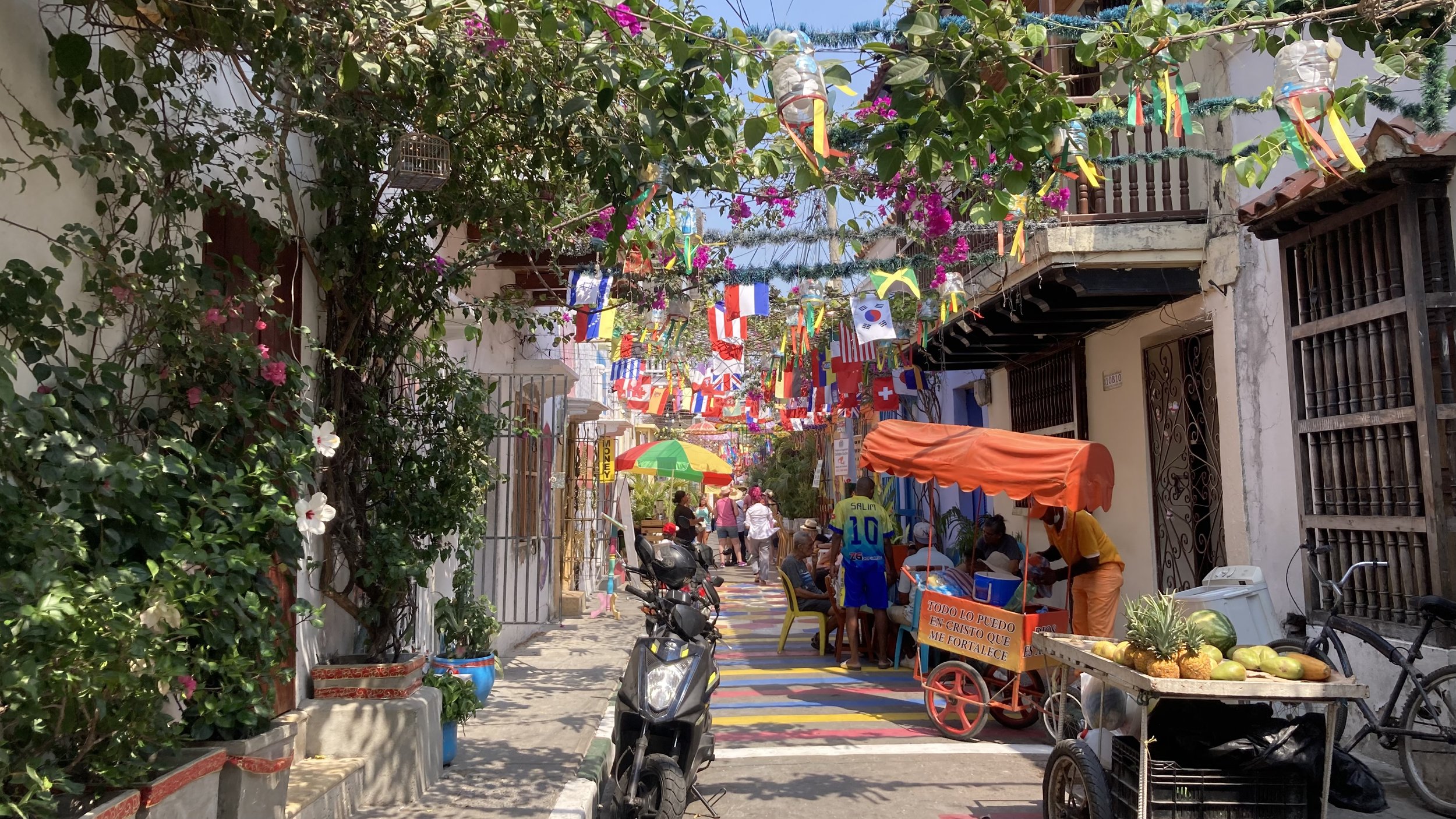
Gestemani
Just a 5 minute walk from el central, Gestemani is packed with bars and is a great place to spend an evening.
Gestemani is a hip neighbourhood just out of the centre of town. For anyone into taking a photo for Instagram- this is the place. Gestemani, home to most of hostels in Cartagena, has a young crowd who like to party. Get there for the weekend and you can get caught up in a street party until the early hours of the morning. I managed to throughly embarrass myself in Gestemani trying to dance and you can read more about it here:
Pretty much everywhere in Gestemani is cash only so make sure to bring some notes. The local deal is 2 cocktails for $20,000 COP (£3.50). You can get cocktails at the side of the road which quickly becomes a dance floor. There’s also street food here and if you fancy something a bit more official, there’s plenty of niche eateries and the odd roof top bar. If you want to go clubbing, you can but I recommend staying out on the street it’s something that’s unique to this area and better.
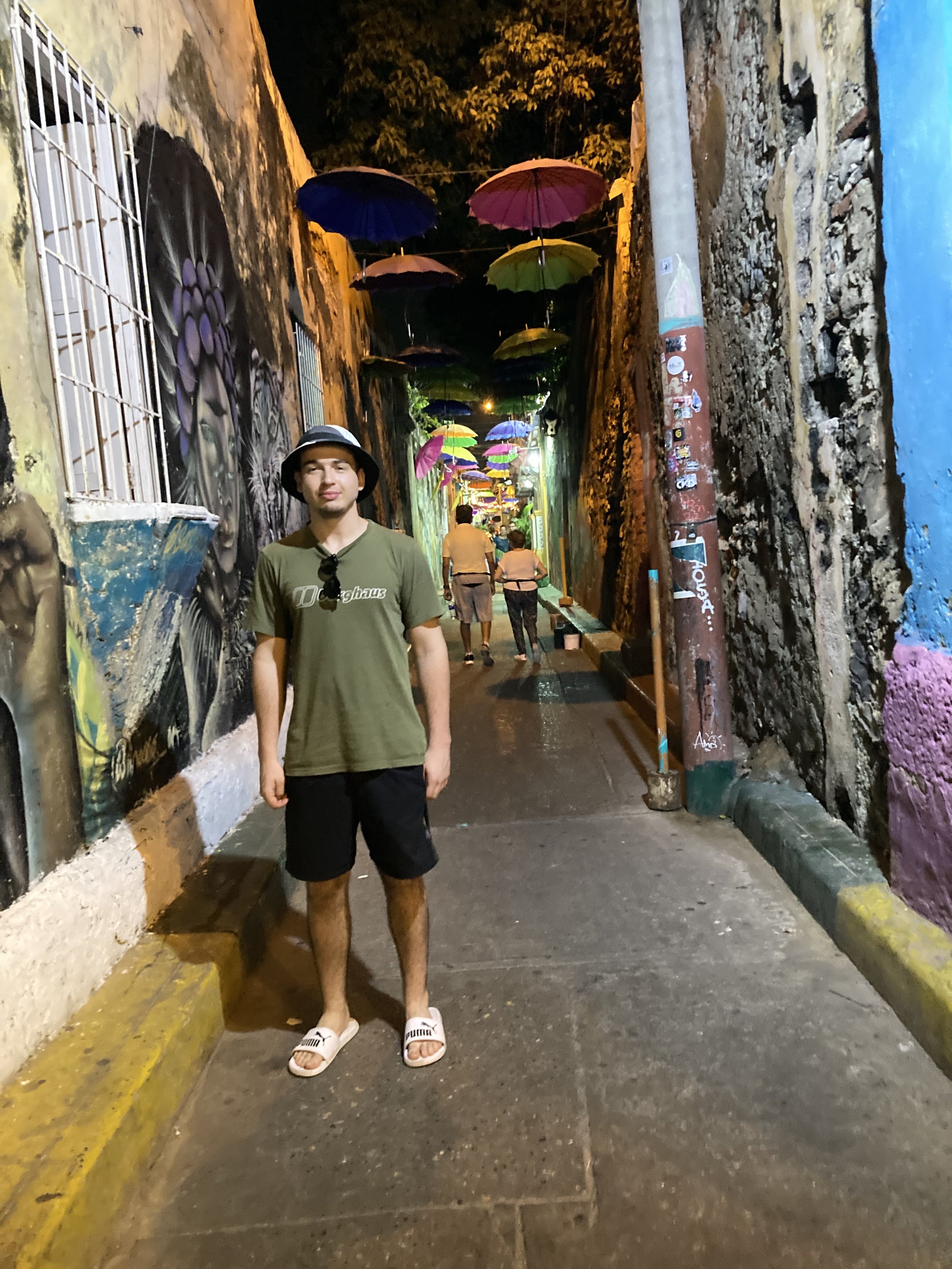

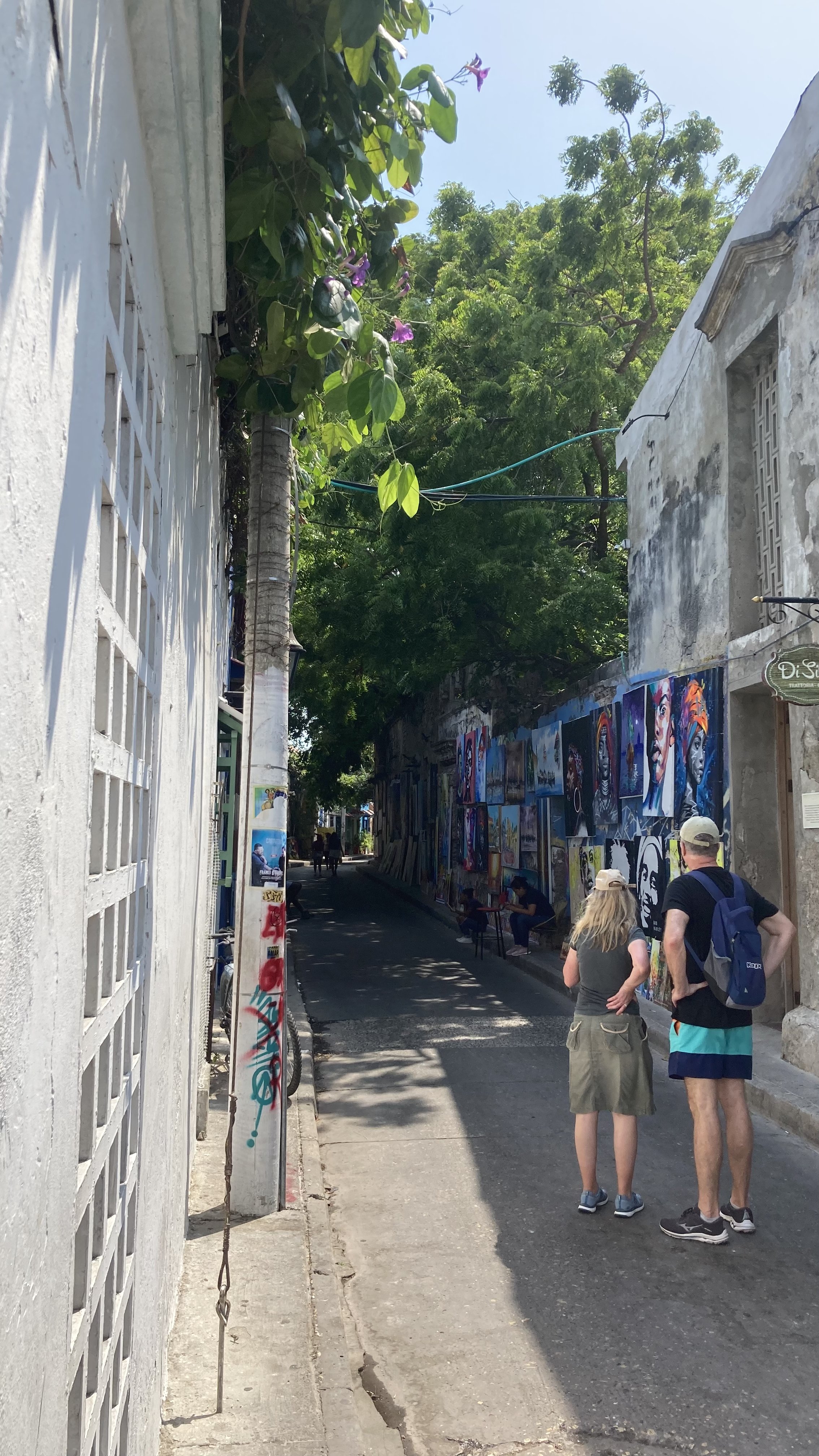
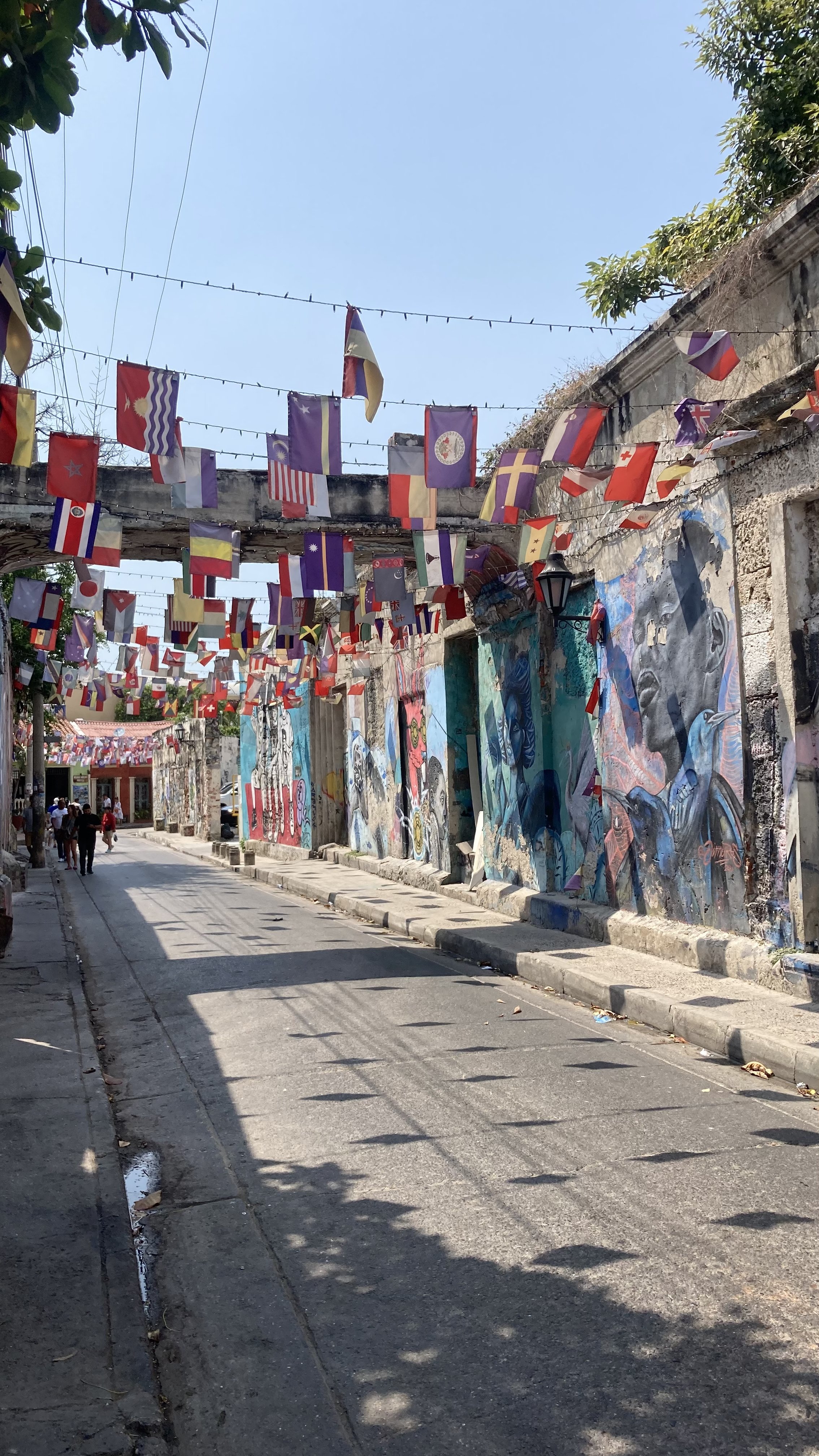
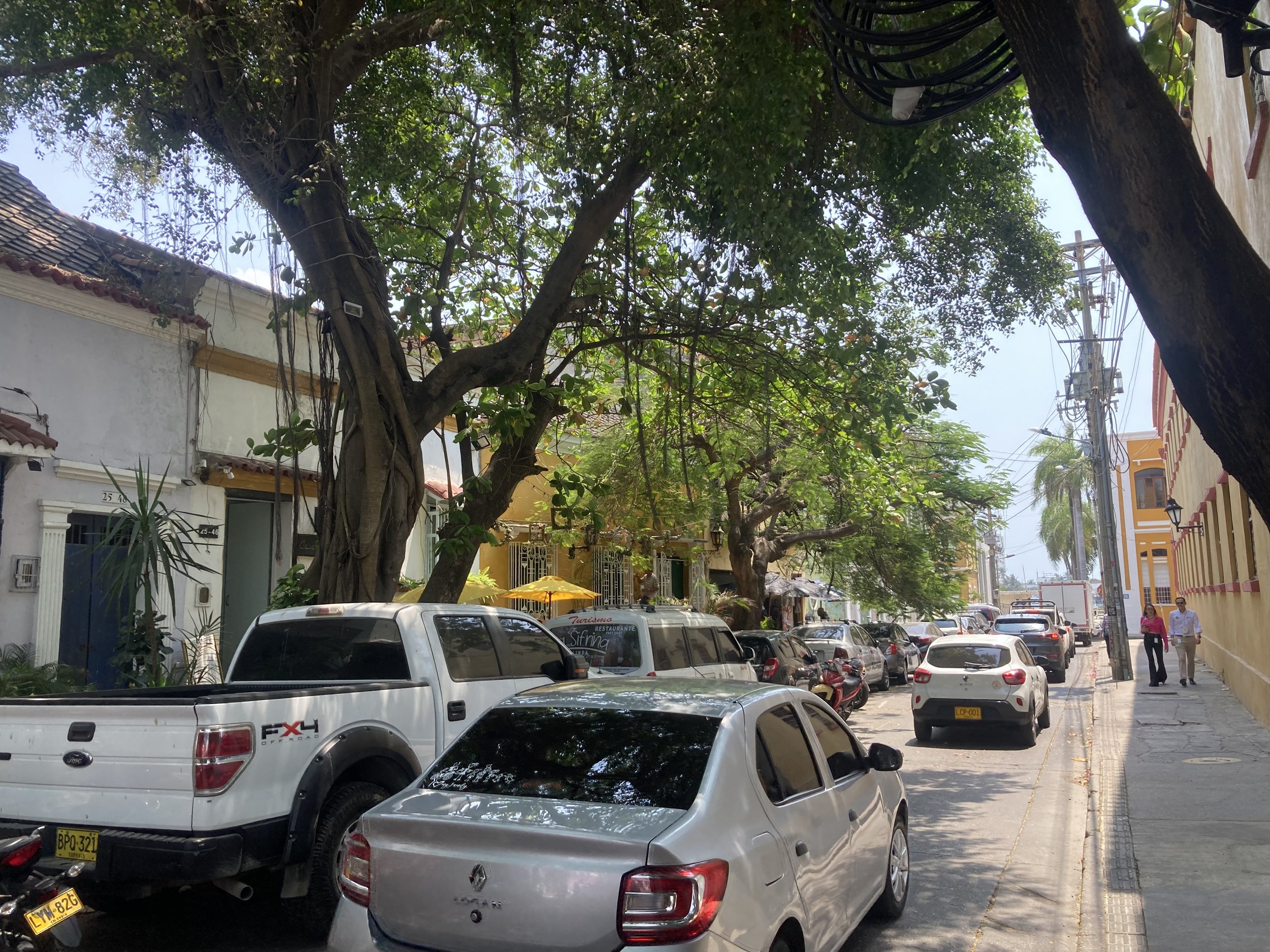

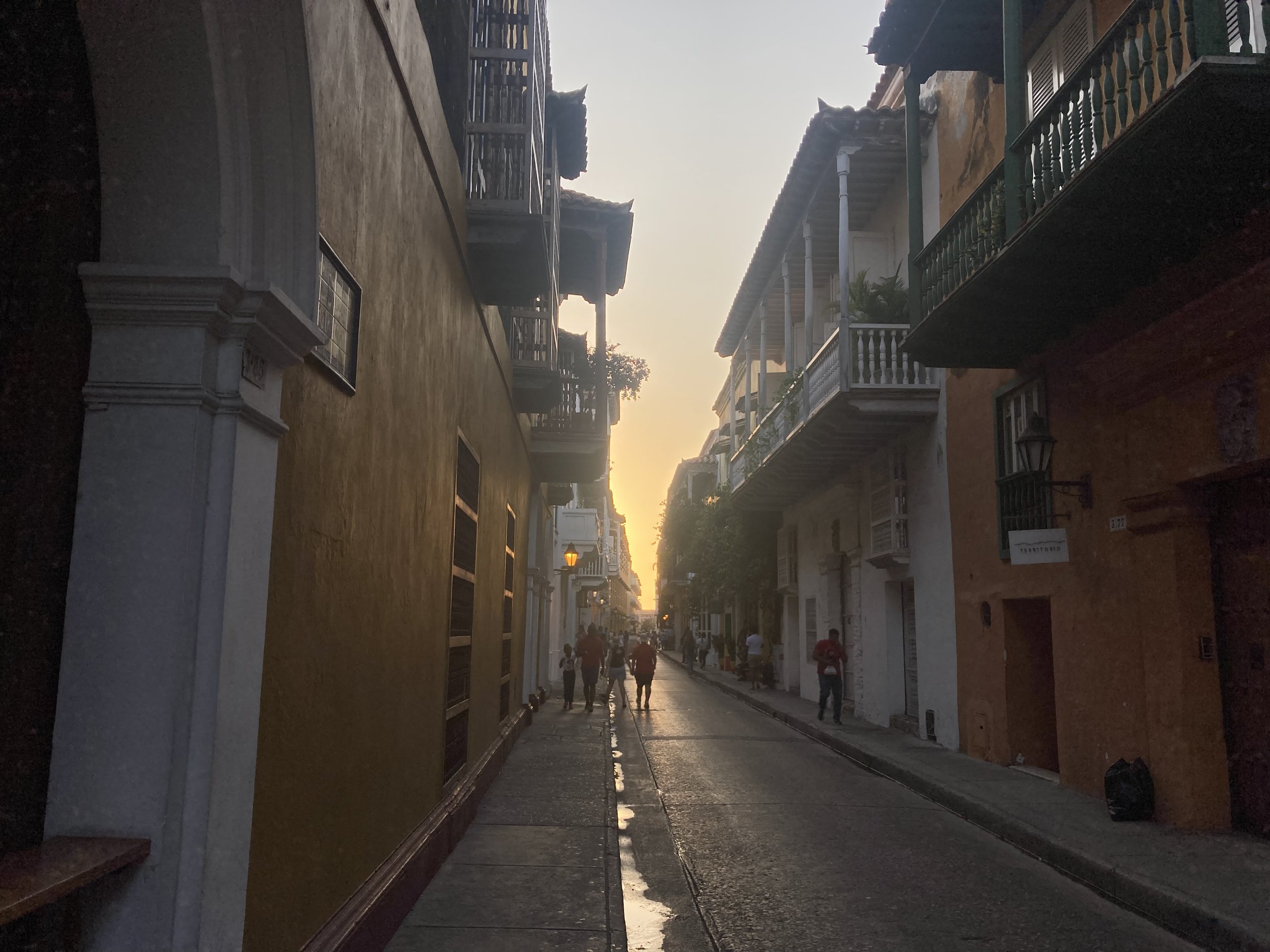
El Centro
A tourist hotspot but nice nevertheless. Filled with amazing buildings and winding streets, El Centro is a photographer’s dream.
El Centro is Cartagena’s main event. Tourists clamour here for the swanky hotels, restaurants and bars. The northern side of the city is a lot more relaxed at night and has some bars around the Plaza de San Diego. One activity I would recommend is walking around the city walls. It’s a great way to see the city.
However, the locals know that el centro is where most of the money in Cartagena is concentrated, so it’s where you’re most likely to be bothered. It’s in El Centro where one of my friends got his chain stolen. But there’s more to it than that. In El Centro, you can be approached by young guys trying to rap at you as a form of busking. It’s ok but the novelty wears off quick and they want some compensation for their time.
After dark, the square around the old clock tower becomes the centre of Cartagena’s sex tourism. If that’s your thing, watch out- it’s where the risk of getting scoplamined is at its highest.
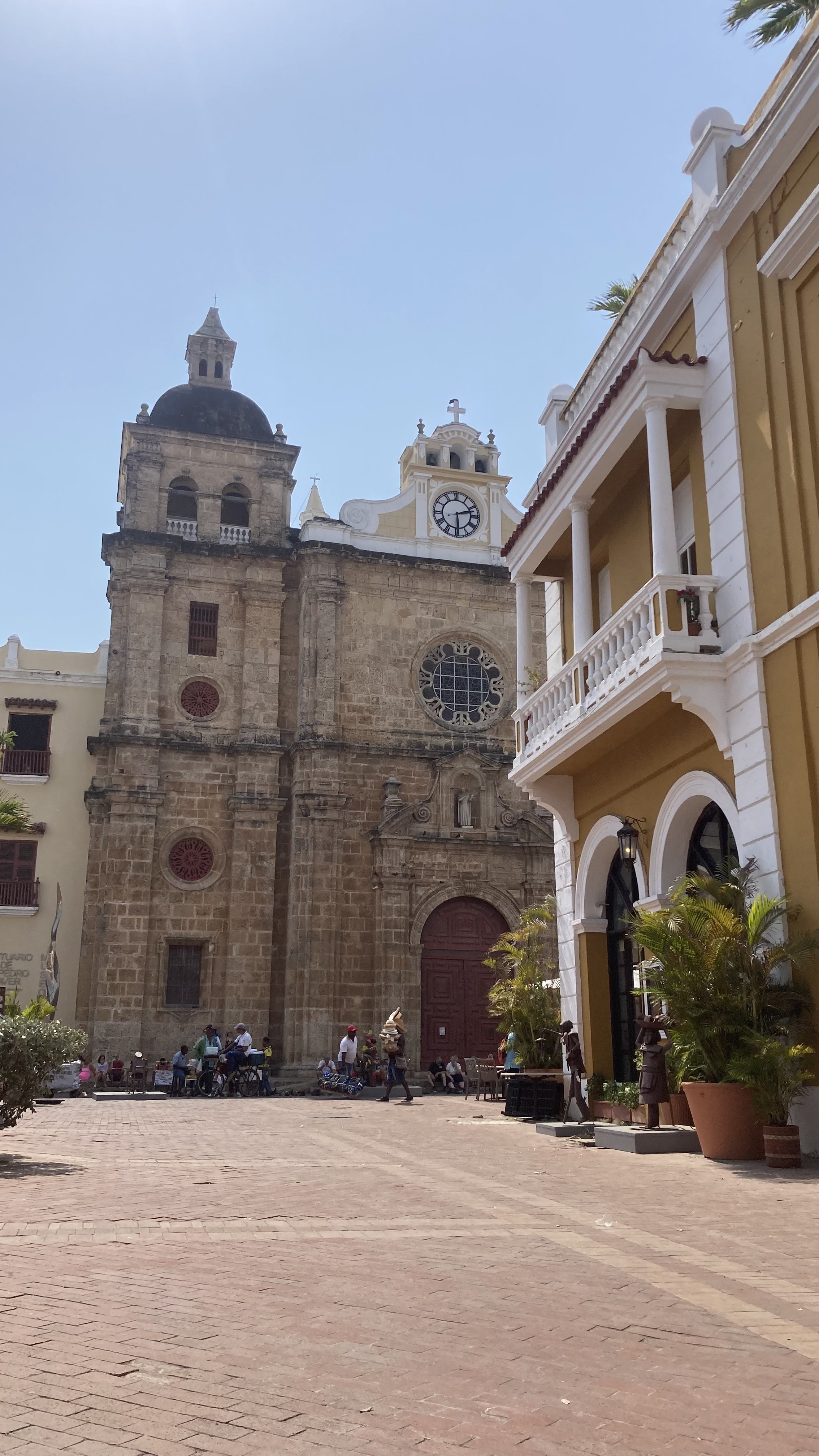

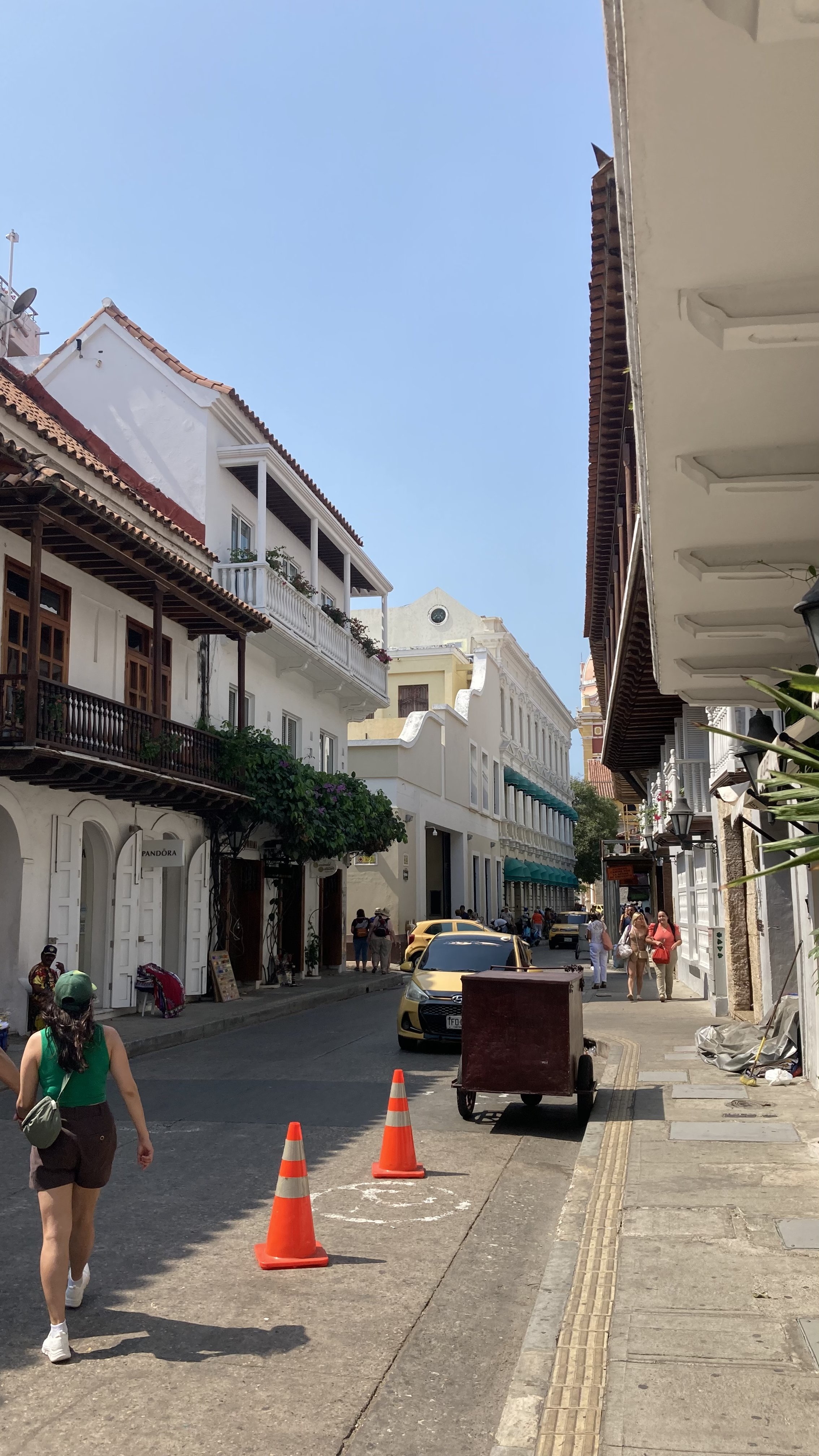



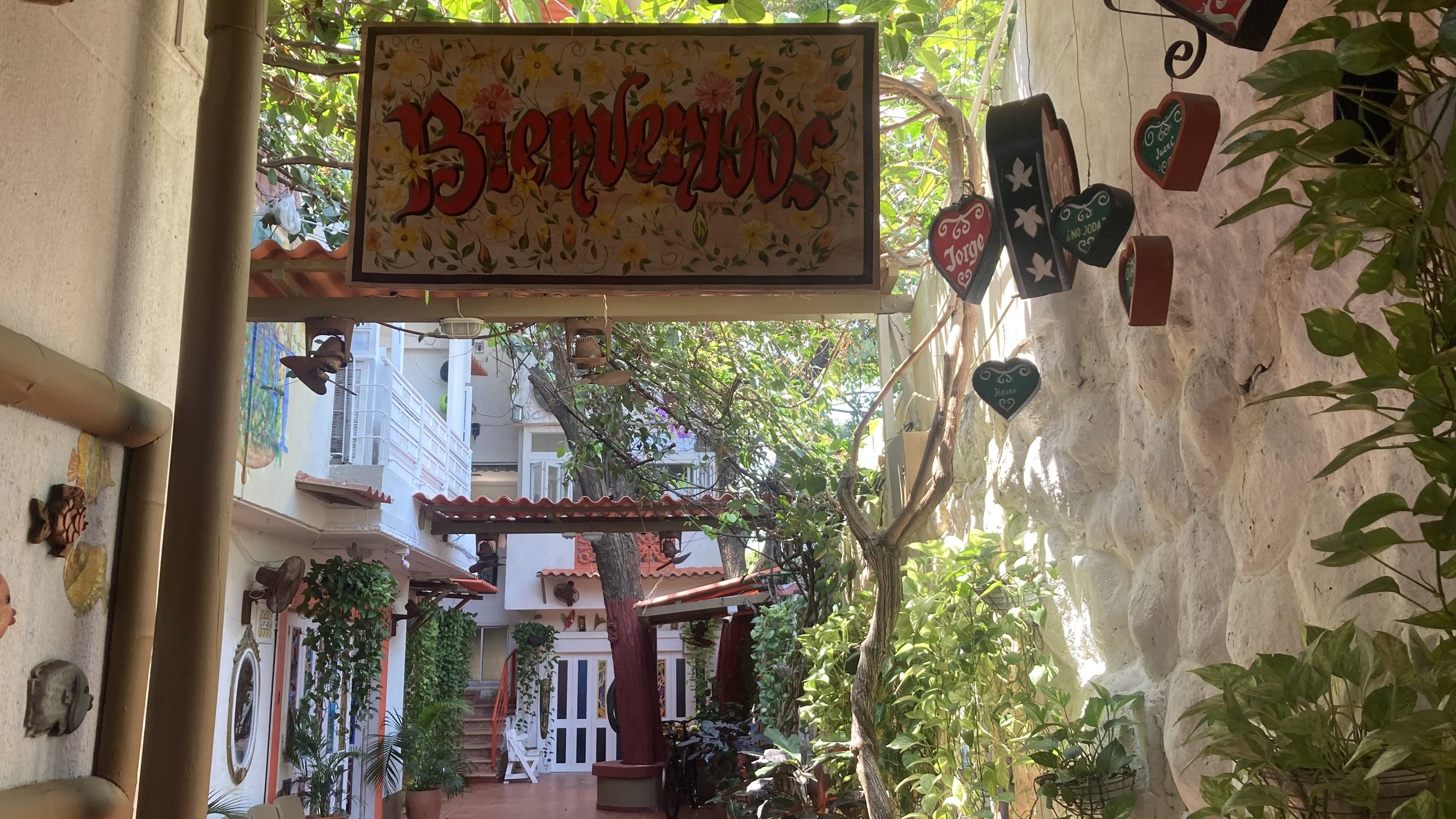
Manga
An island just off the main tourist centre, Manga has a community spirit and where I lived- my flat is behind the tree.
I based myself in Manga for the 2 months I lived in Cartagena, and I loved it. As an island away from the old town and Gestemani, Manga is a community and I felt living in the neighbourhood was closer to what being a Colombian in Cartagena was like rather than living in the El Centro.
Most days I would walk down the promenade and watch the sunset on the fort surrounded by locals who were out with their friends or on a date. The whole atmosphere is relaxed.
The prices here are also a lot lower than El Central or Gestemani. At the local tienda, a corner shop which plays music you can enjoy 1 litre of beer for $6,000 COP (£1.05). A good deal in my book.
Bills at restaurants would come to around $30,000 COP (£5.26) for a meal with a couple of beers. In El Centro/Gestemani you’d be looking at $36,000 COP (£6.31) for just a burger in most places.
Manga still felt safe and the most annoying part about living here was having to deal with the local dog who would run after me barking. One of my first nights in Manga the dog ran up to me and gave me a small nip, a bit of a nervy moment.


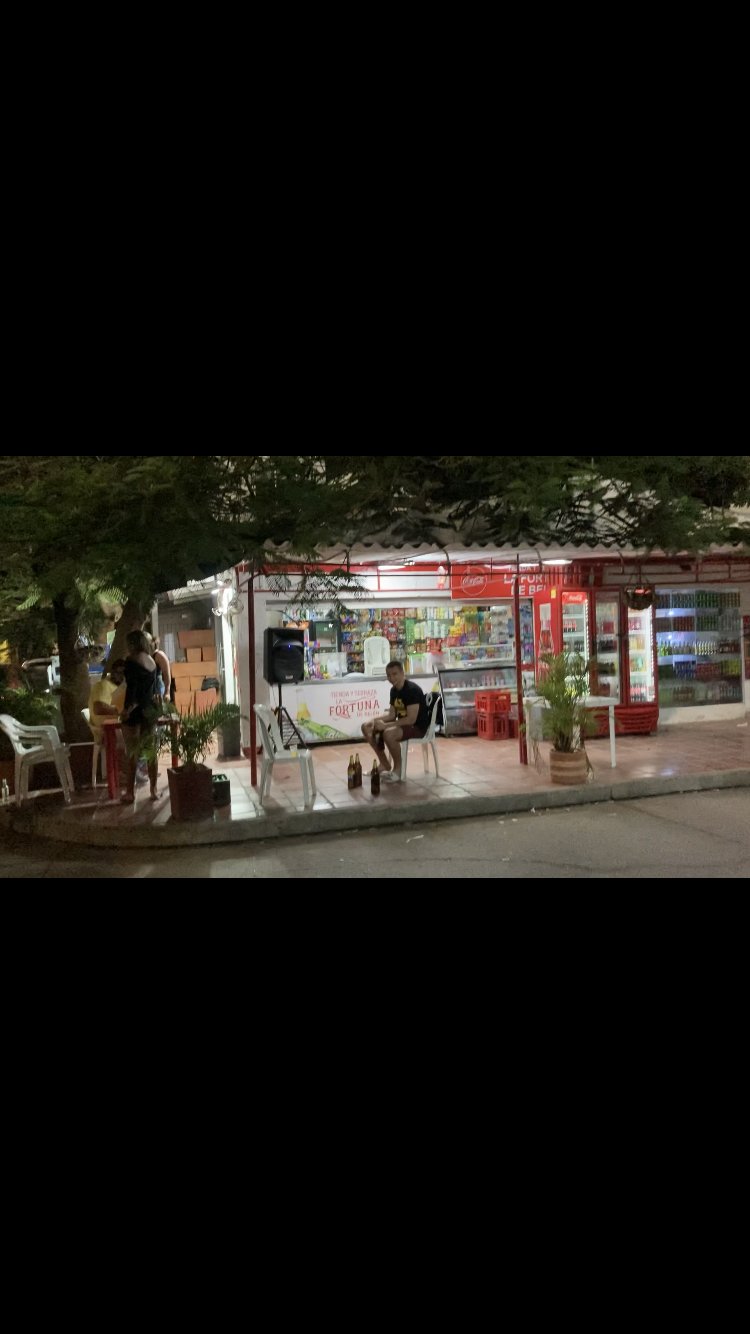

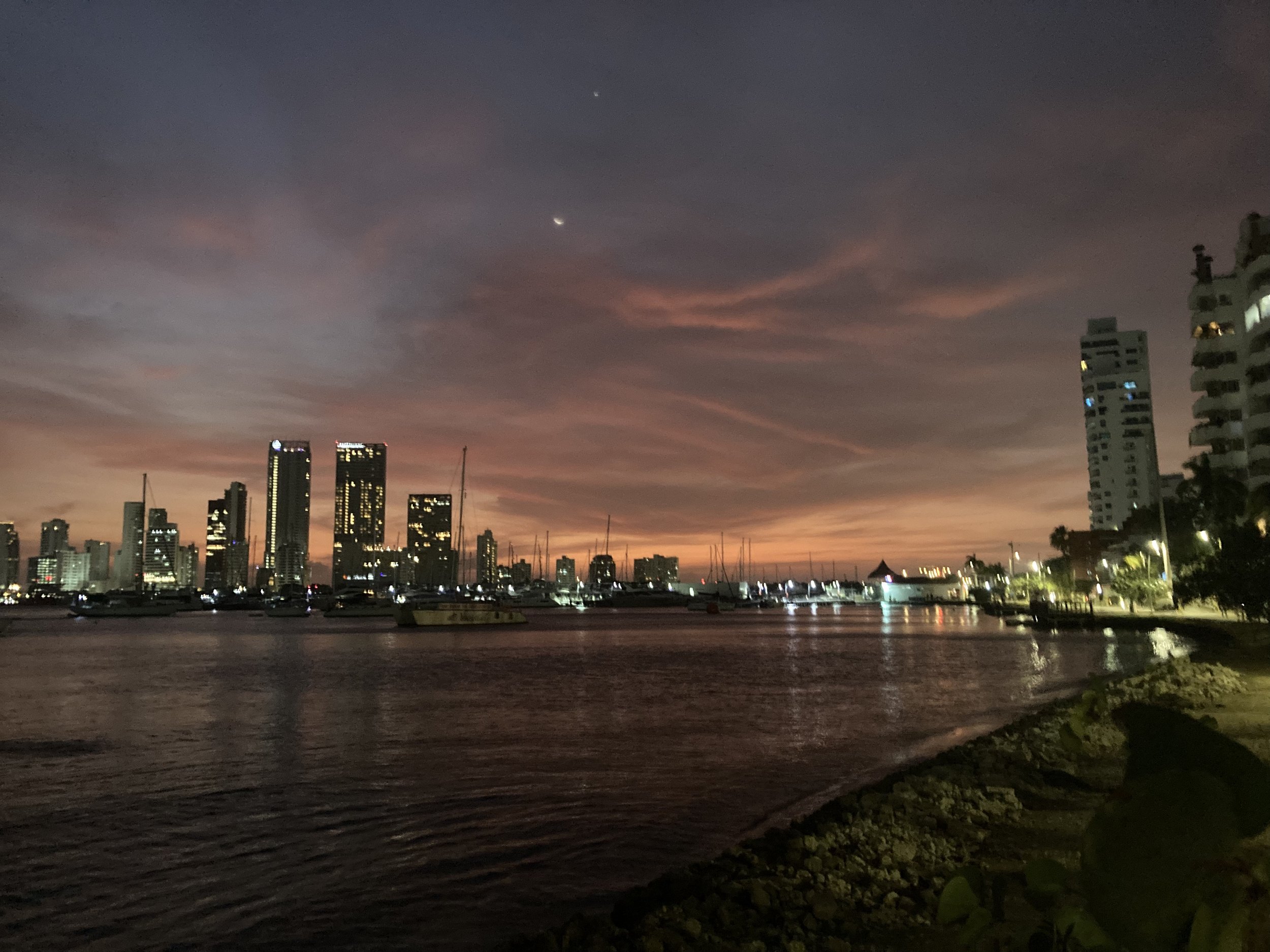
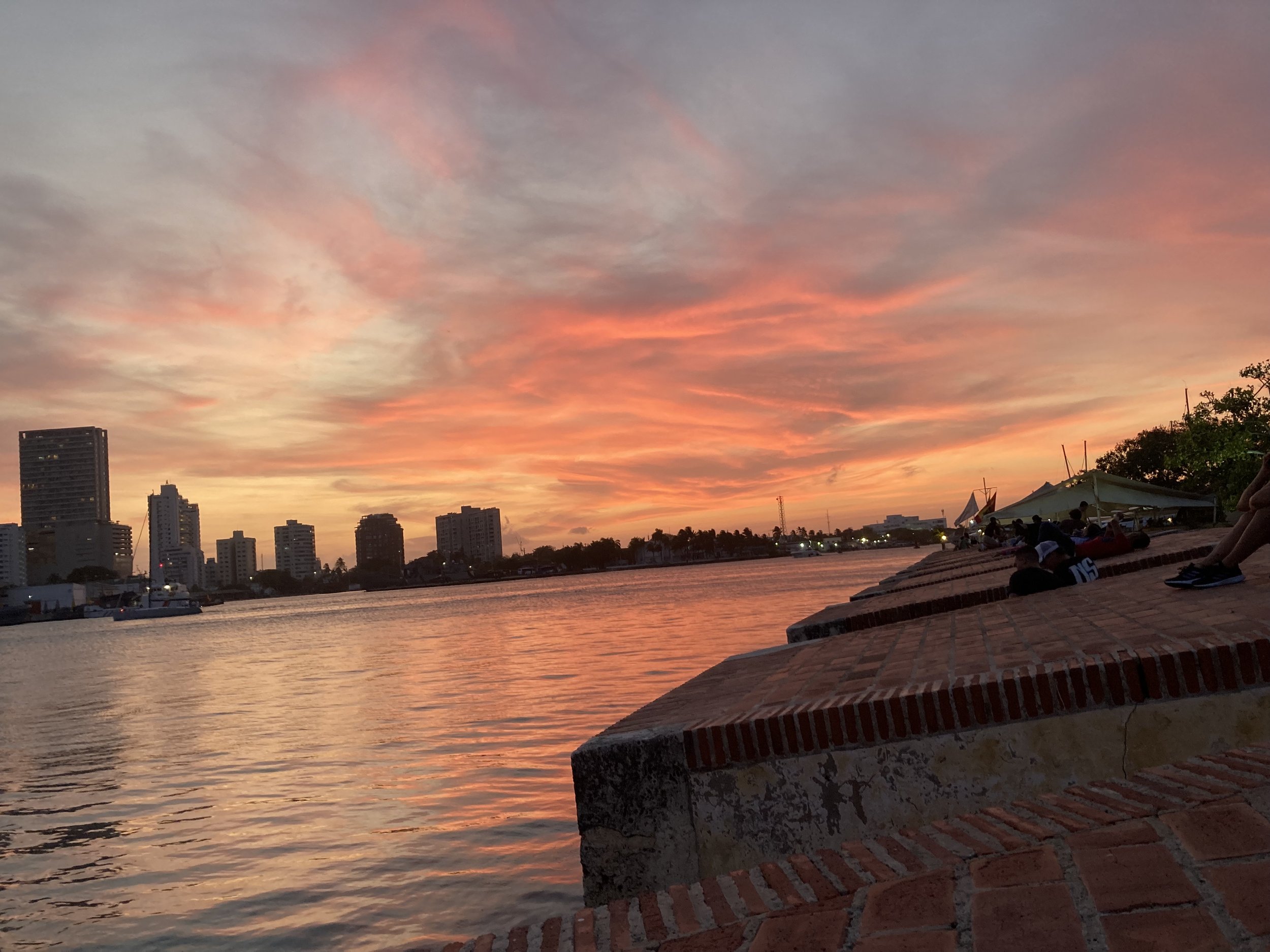
Plaza de Mercado Bazurto (The market): The Plaza de Mercado Bazurto is the local market and has the best priced produce and souvenirs in town. However, it can get hectic there. Make sure to get to the market early, you don’t want to be marching round when it’s 31°. Make sure you’re familiar with Spanish numbers, or you’ll have no idea how much you’re paying.
Convento de Santa Cruz de la Popa: The Convento de Santa Cruz de la Popa overlooks Cartagena and is well worth a visit. There’s bits of history in the monastery, but the best part of getting up there is for the view.
Boca Grande: Another centre for tourists. Boca Grande has some nice beaches and plenty of restaurants and bars but doesn’t really have much character compared to the rest of the city. There’s just a few big condo buildings. Your time can be better spent elsewhere.
Castillo de San Felipe de Barajas: A castle overlooking Cartagena. Great views and an insight into the history of the area.
Museum of Cartagena de Indias: A museum mostly in Spanish so there was only a handful of information I could take in. Dedicated to Cartagena’s history with slavery, the museum is a sobering reminder of a previous era.




